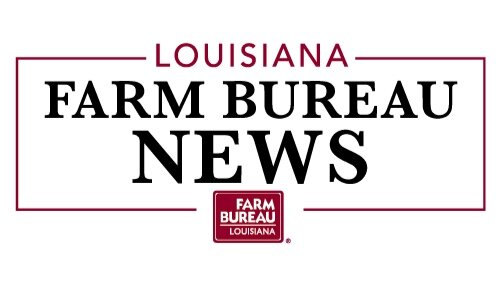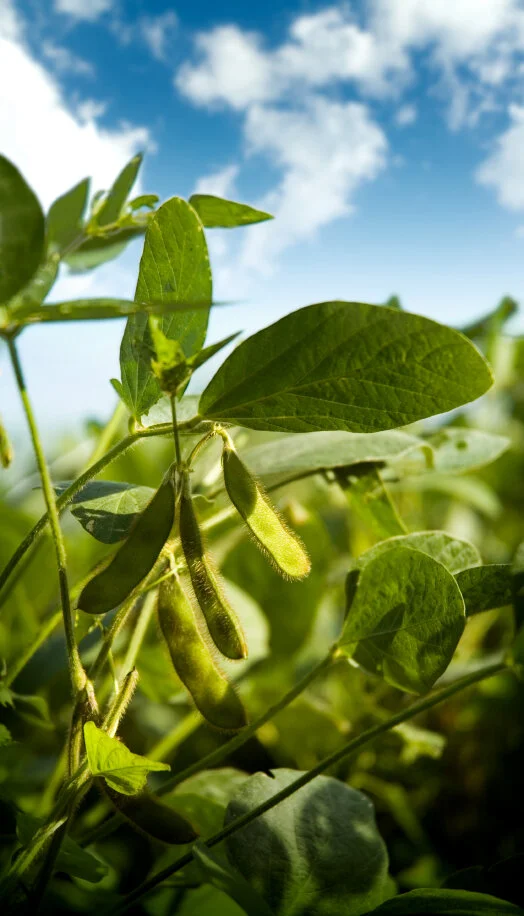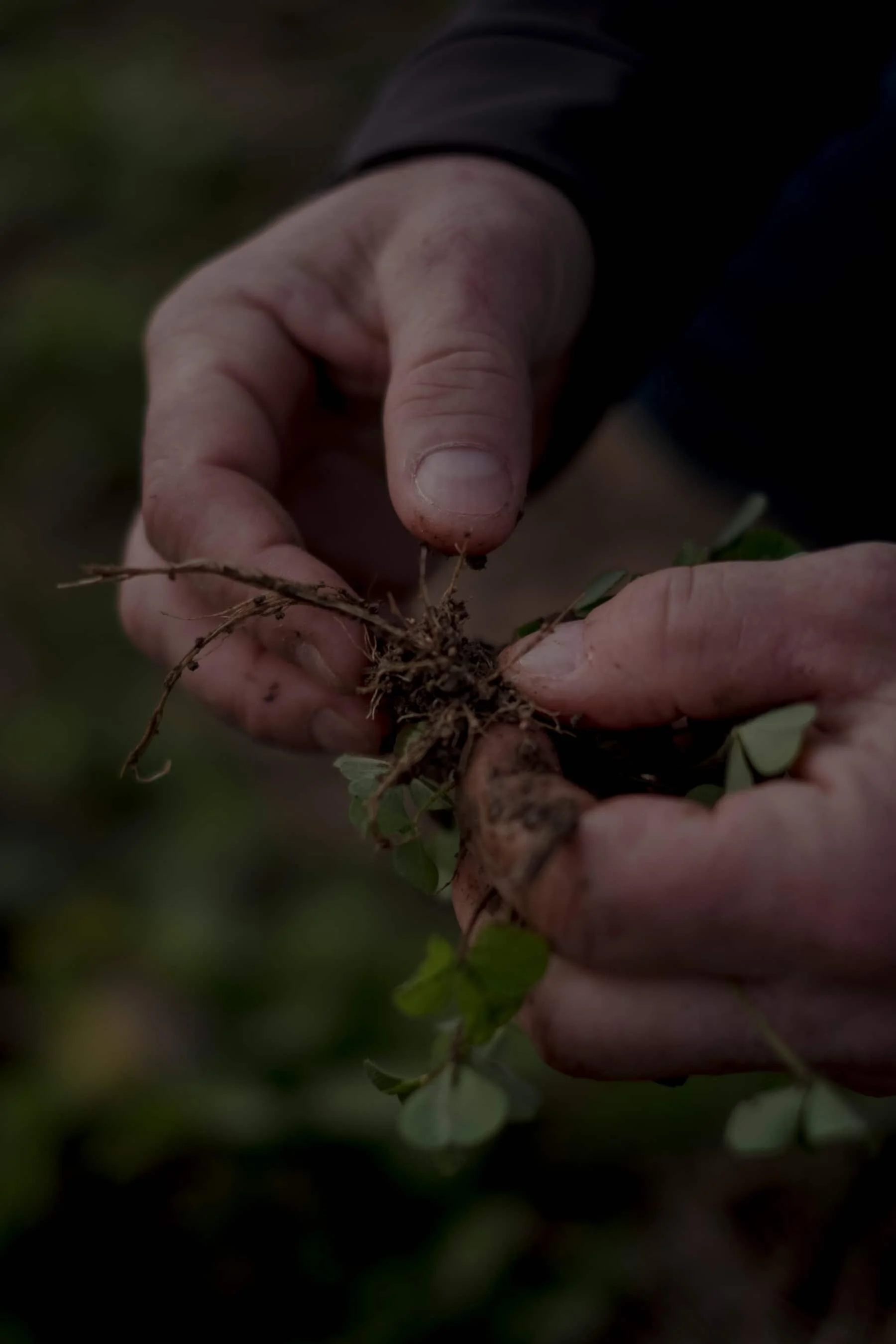LSU AgCenter to Host Soil Health Forum March 17
The LSU AgCenter Northeast Research Station will host a soil health forum on March 17.
The forum is supported by the Patrick F. Taylor Foundation and National Resource Conservation Service. The Patrick F. Taylor Foundation awarded a grant to the LSU AgCenter to fund a four-year research project on reducing nutrient runoff from crop fields.
Read More
United Soybean Board Leaders Meet Virtually to Set 2022 Investment Directions
The 78 farmer-directors serving on the United Soybean Board met virtually today to define strategies and goals to strengthen soy’s position in the U.S. and global marketplaces for the checkoff’s next year of investments related to soybean meal, oil and sustainability.
Read More
AgCenter Experts Present Research Updates at Agricultural Consultants Conference
LSU AgCenter researchers shared their latest findings during an online continuing education program for the Louisiana Agricultural Consultants Association Feb. 10 to 11.
Read More
Soy Checkoff Supports Study On Sustainable Ag Tech Investment
The United Soybean Board is a proud funding partner and endorses a multi-organizational initiative to connect private sector capital investors with innovative climate-smart, soil-centric agricultural technologies. U.S. farmers are leaders when it comes to using leading-edge technologies and best management practices to improve soil health while also increasing economic and environmental sustainability.
Read More
U.S., China Phase One Agreement – Year One
2020 will be remembered by all, for a host of reasons. For those in the ag world, the Phase One Agreement between the United States and China will certainly be one of them. Signed on January 15, 2020, and in effect as of February 14, 2020, the agreement set lofty goals for U.S. agricultural exports to China. Now that all the data for calendar year 2020 is available, it’s time to see what went right and what did not.
Read More
February Crop Market Update for Corn, Soybeans, Rice, and Cotton
The February USDA WASDE report did not elicit the pronounced market reaction observed last month. However, the grains exhibited technical selling in the futures market. With that, the corn and soybean markets will be watching for changes in South American production (weather) and export activity which could trigger technical influence in the market as the U.S. planting season approaches.
Read More
March 15 Last Day to Complete Enrollment for 2021 Agriculture Risk Coverage, Price Loss Coverage Programs
Agricultural producers who have not yet enrolled in the Agriculture Risk Coverage (ARC) or Price Loss Coverage (PLC) programs for 2021 must do so by March 15. Producers who have not yet signed a 2021 enrollment contract or who want to make an election change should contact their local USDA Farm Service Agency (FSA) office to make an appointment. Program enrollment for 2021 is required in order to participate in the programs, but elections for the 2021 crop year are optional and otherwise remain the same as elections made for 2020.
Read More
2021 Pesticide Applicators Recertification Classes
Louisiana pesticide applicator recertification looks a little different than in years past. Beginning in the late summer of 2020 the LSU AgCenter worked with Louisiana Department of Agriculture and Forestry (LDAF) to provide different options for commercial pesticide applicators to become recertified to meet state and federal requirements.
Read More
LATMC Webinars Coming Soon
Several Webinars about crops to be grown this upcoming season have been scheduled by the Louisiana Agricultural Consultants Association.
Read More
China's Pork Sector Continues To Impact US Agriculture
Corn and soybean prices have risen sharply since mid-August 2020. Smaller-than-expected 2020 U.S. harvests of both corn and soybeans are a key reason for the price rally. But just as important is the rise in exports of both crops to overseas destinations — primarily China. The increase in China’s demand for feedstuffs is tied to the resurgence in the Chinese pork sector as the country attempts to rebuild its hog herd and boost the supply of pork to Chinese consumers.
Read More
History Shows There's No Price Too High For China To Buy Corn, Soybeans
China’s historic buys last week seem to come with nervousness from other major importers. Arlan Suderman of StoneX says after USDA announced sales of 80.3 million bushels of corn to China early last week, but Wednesday’s sales to China also revealed purchases by “unknown destinations” that totaled 8.4 million bushels. Suderman said that could be an indication that other buyers are getting nervous.
Read More
Protect Investment Inside Grain Bins
If you still have grain stored on the farm, are you confident it will be as high of quality when you pull it out as when you put it in? Gary Woodruff, district sales manager and grain conditioning expert for GSI, suggests taking steps to protect your investment inside your bins.
Read More
Monday’s Soybean Market Closes 31¢ Higher
On Monday, the CME Group’s farm markets started lower, but quickly turned higher. At the close, the March corn futures finished 11¢ higher at $5.11 1/2. May corn futures closed 11 1/4¢ higher at $5.14 1/4. March soybean futures ended 31 1/2¢ higher at $13.43 1/4. May soybean futures finished 31 3/4¢ higher at $13.42 3/4.March wheat futures closed 14¢ higher at $6.48 1/4.
Read More
Market Movers Americas, Jan 25-29: Soybean Prices Turn Volatile
In this week's Market Movers Americas, presented by Joshua Pedrick include soybeans volatile after prices back away from highs, fog prompts standoff in Aframax market, WTI MEH/Midland spread narrows despite production decline, muted demand and heavy sea fog weaken Henry Hub and cooler US Northeast weather pushes up power demand, prices.
Read More
Planting Crops--And Carbon, Too
Maryland farmer Trey Hill pulled in a healthy haul of corn last fall and then immediately planted rye, turnips, clover and other species, which are now spreading a lush green carpet over the soil. While his grandfather, who started the family farm along the Chesapeake Bay, always planted in the spring in a clean field, in Hill’s approach to farming, “you never want to see the ground.”
Read More















